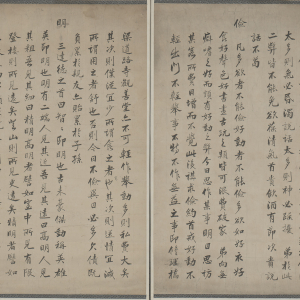The Grace of Chu: the Exhibition of Painting and Calligraphy Works of Hunan Scholars in the Ming and Qing Dynasties
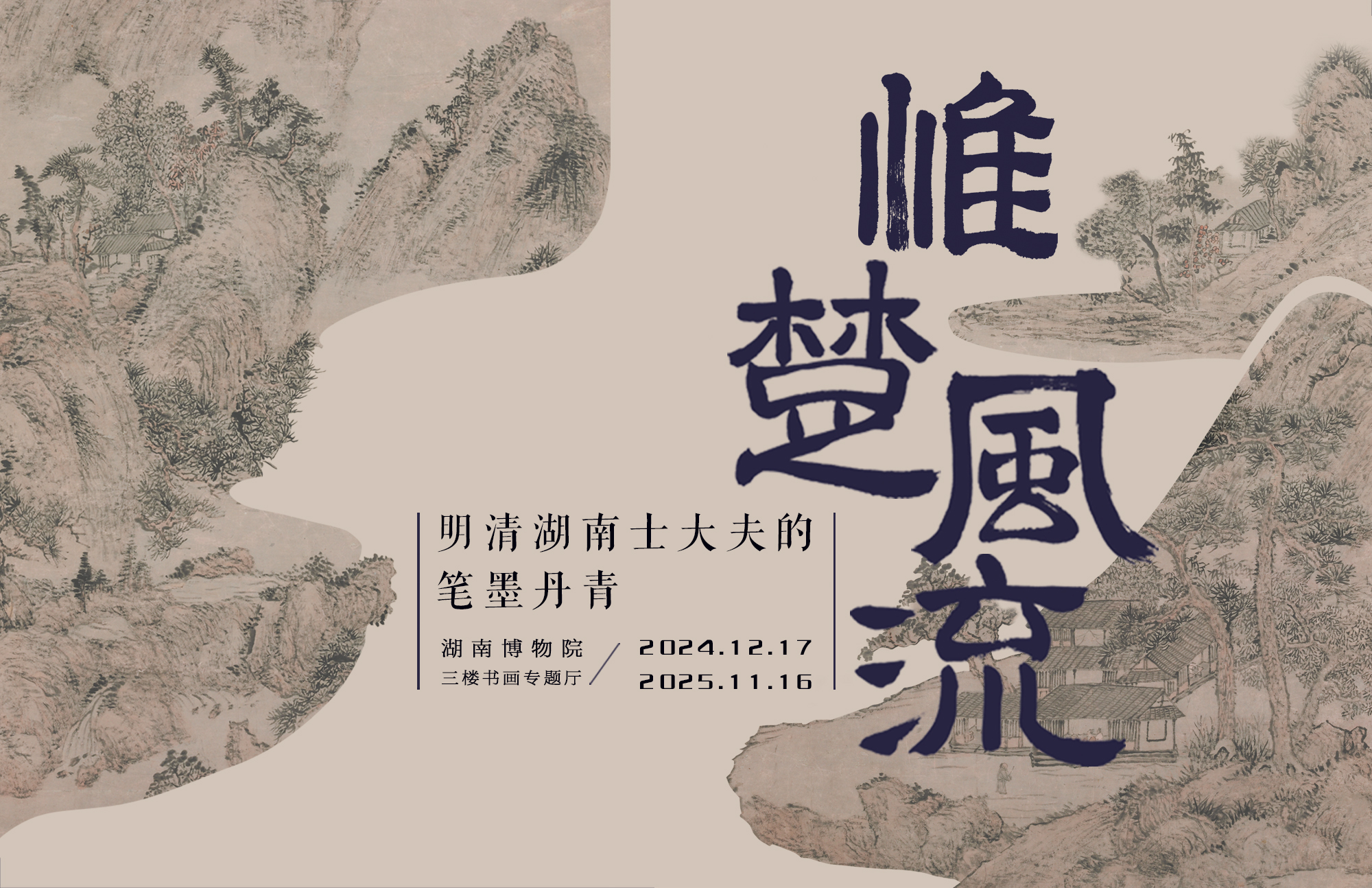
Introduction
The Grace of Chu: the Exhibition of Painting and Calligraphy Works of Hunan Scholars in the Ming and Qing Dynasties
Hunan is renowned not only for its graceful and beautiful landscapes but also for its long - standing history and a rich gathering of talents and culture. Scholars of Hunan cherish the ideals of governing the country and bringing peace to the world, dare to be the first, and take it as their responsibility to manage the state, benefit the people, and apply knowledge to practical affairs.
Since the Ming and Qing dynasties, Hunan culture has developed unprecedentedly. “In Hunan, numerous talents who made unparalleled achievements spring up in succession.” Yuelu Academy cultivated Wang Fuzhi, Wei Yuan and other great thinkers, and its couplet “The kingdom of Chu, the unique home of talents, the Academy of Yuelu, the very cradle of all”, is well-known all over the world. As an old saying goes, “Nine out of ten of the meritorious ministers of the Tongguang Resurgence were Hunanese.”
During the Ming and Qing dynasties, there were countless scholars, literati, generals with literary grace in Hunan, such as Li Dongyang, Wang Fuzhi, Luo Dian, He Xiling, Tao Shu, He Shaoji, Zeng Guofan, Zuo Zongtang, Wang Kaiyun and other scholars who not only left their names in the history books and pushed forward the development of the society, but also were diligent in the study of calligraphy and traditional paintings, leaving behind tens of thousands of works.
At the same time, many scholars from other provinces, who worked in Hunan as officials, such as Qian Feng, Wu Dazhi, Shen Han, etc.,drew nourishment from this fertile soil, entertained each other with paintings and calligraphy works, which worked as a bridge between local scholars.
The exhibition selects more than one hundred pieces of works of Hunan scholars since the Ming and Qing dynasties, which are divided into the following four parts: “Erudition of Scholars”, “Elegance of Literati”, “Minds and Ambitions of Literary Generals”, “Legacies of Non-native Ministers in Hunan”. It not only displays their artistic style, but also their morale under the nourishment of Hunan culture, helping people understand the core of Hunan spirit, which is “Be practical” and “Be realistic”.
Highlights
- 陶汝鼐节录秦观《满庭芳·红蓼花繁》行书立轴
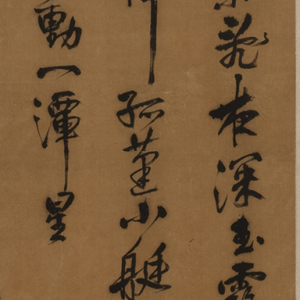
- 王夫之祝唐钦文夫妇寿辞行楷书手卷
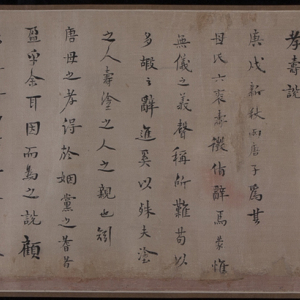
- 罗典录书论草书立轴
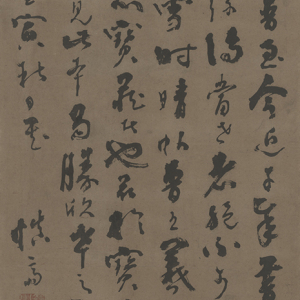
- 彭浚“静以复其”行书七言联
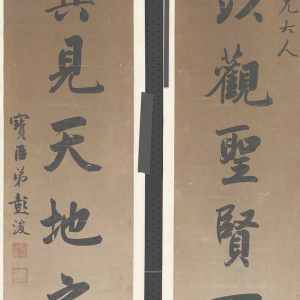
- 萧锦忠“书法诗篇”行书五言联
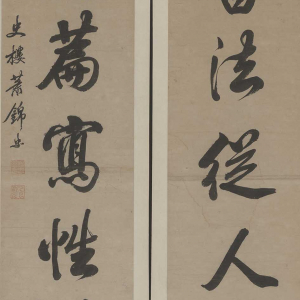
- 李东阳行楷书手册(节选)
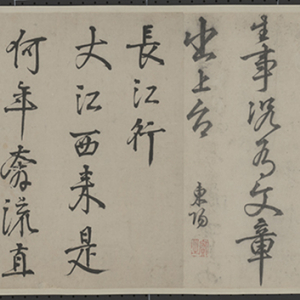
- 郭都贤行书立轴
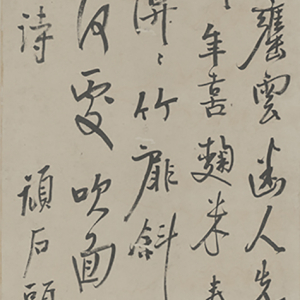
- 陈鹏年行书立轴

- 魏源楷书立轴
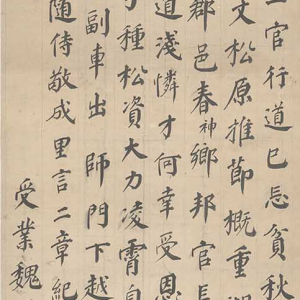
- 何绍基兰花横披
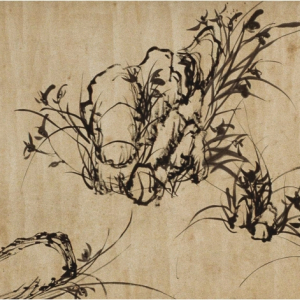
- 罗绕典水墨瓶花立轴

- 清,纸本,各纵74.5厘米,横50.2厘米,湖南博物院藏。【展品说明】该《箴言六则》是曾国藩同治七年(1868)任两江总督时,为其弟曾国潢(字澄侯)所书。1868年曾国藩与曾国潢在金陵短暂相聚,后曾国藩北上任直隶总督,曾国潢则南归故里,分别之时曾氏以此箴言赠与其弟,望其能警醒自身,继承德行修养的家风传承。【人物介绍】曾国藩(1811-1872),初名子城,字伯涵,号涤生,湖南湘乡人。清道光十八年(1838)进士,历任礼、兵、工、刑、吏部侍郎。咸丰二年(1852)在籍帮办团练,抗击太平军。十年(1860)以钦差大臣兼两江总督,督办江南军务。同治三年(1864)封一等毅勇候,次年督办直隶、山东、河南三省军务,五年(1866)回任两江总督,七年(1868)任直隶总督,九年(1870)又任两江总督。卒赠太傅,谥文正。工书,擅行楷,曾言“大抵作字,只有用笔、结体二端。学用笔,须多摹古人墨迹;学结体,须用油纸摹古帖。此二者,皆决不可易之理”。See More
